Wakatobi’s Dive Site #3, The Zoo
A zoo is a place that can be enjoyed by everyone. So it's a fitting name for one of Wakatobi's favorite dive sites. The Zoo has something for everyone. It's located quite close to the resort. Boat rides are short and ocean conditions are generally calm. A diverse depth range makes this site ideal for both divers and snorkelers, including new divers and families wanting to share the underwater wonders with youngsters.
The things that make this site extra-special are the richness of its hard corals and the abundance of macro life that is sure to keep critter hunters and underwater photographers busy.
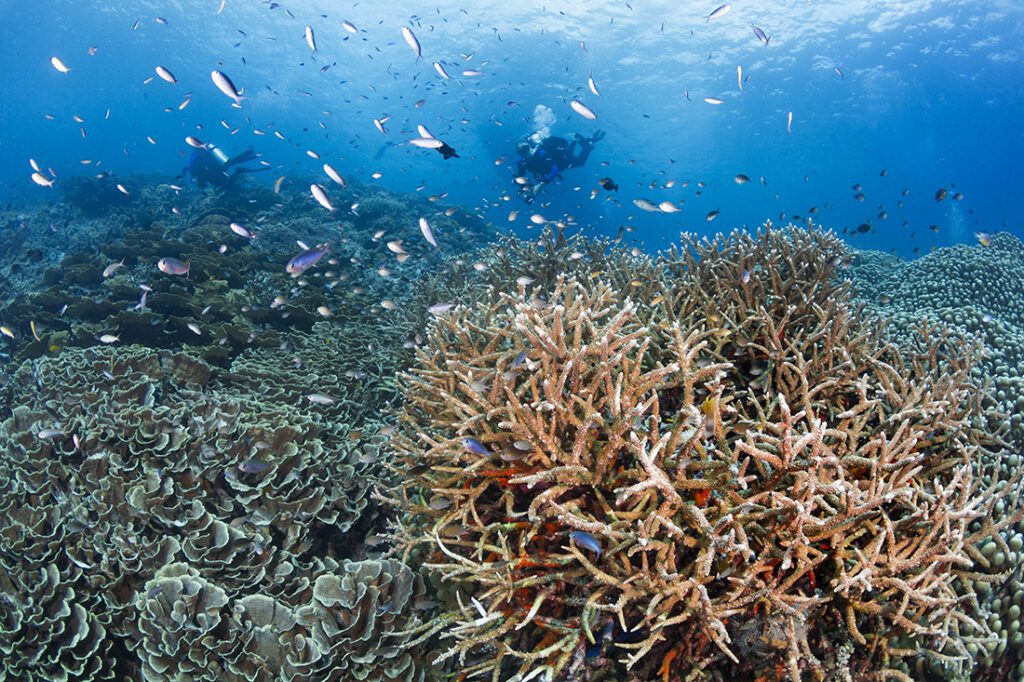
The Zoo sits in a small bay. Underwater, the reef has an amphitheater-like configuration with slopes flanking a central valley that begins on a shallow plateau in the 3 to 10-foot (1 to 3 -meter) range and slopes down to beyond 100 feet/30 meters. Close to shore, snorkelers can explore groves populated by staghorn coral, numerous hard corals in the Porites family and lettuce corals. This area is generally well-populated with a colorful assortment of reef fish along with a host of bottom dwellers that favor the sandy areas between the corals.
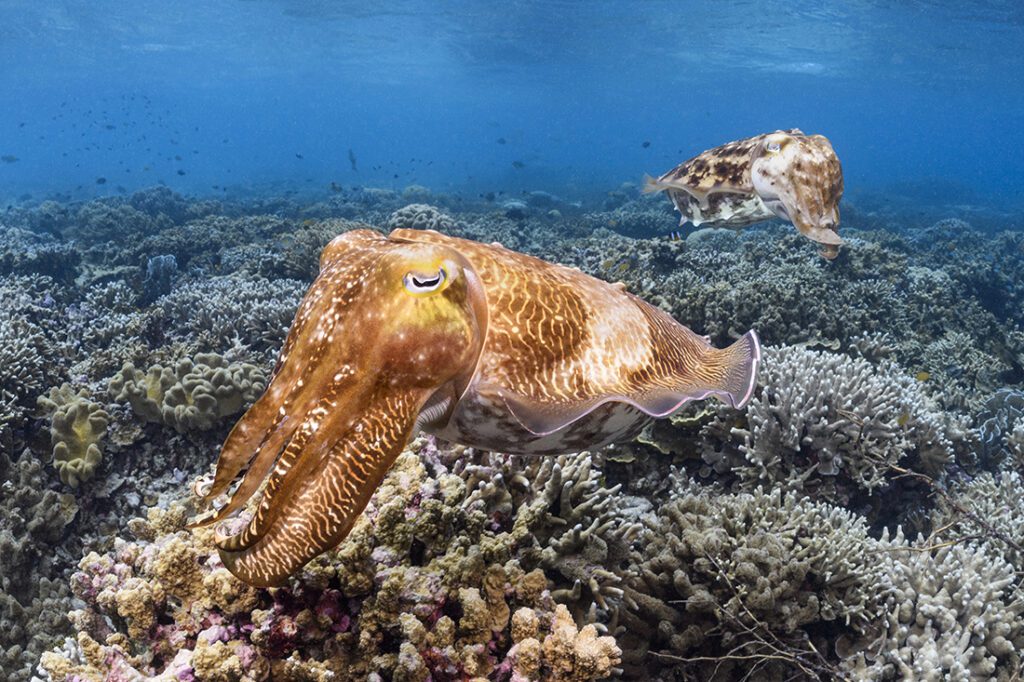
When in The Zoo’s shallow region, be on the lookout for broadclub cuttlefish, as there are almost always a few about. It's also an ideal place to seek out unique finds such as mantis shrimp, which sport alien-like rotating eyes.
As you move into the middle depths, the slope takes a steeper turn and coral density increases. The reef line transitions to a series of undulating slopes and the multitudes of top-water reef fish that swarm this site are joined by more exotic individual finds such as frogfish, ghost pipefish, and leaf scorpionfish.
In addition to ample coral cover, The Zoo's middle depths offer plenty of anemones with photo-ready clownfish pairings. Another favorite with macro enthusiasts is the mushroom corals that usually harbor a namesake mushroom coral pipefish. This small white pipefish has a triangular head that gives it the appearance of a small underwater python.
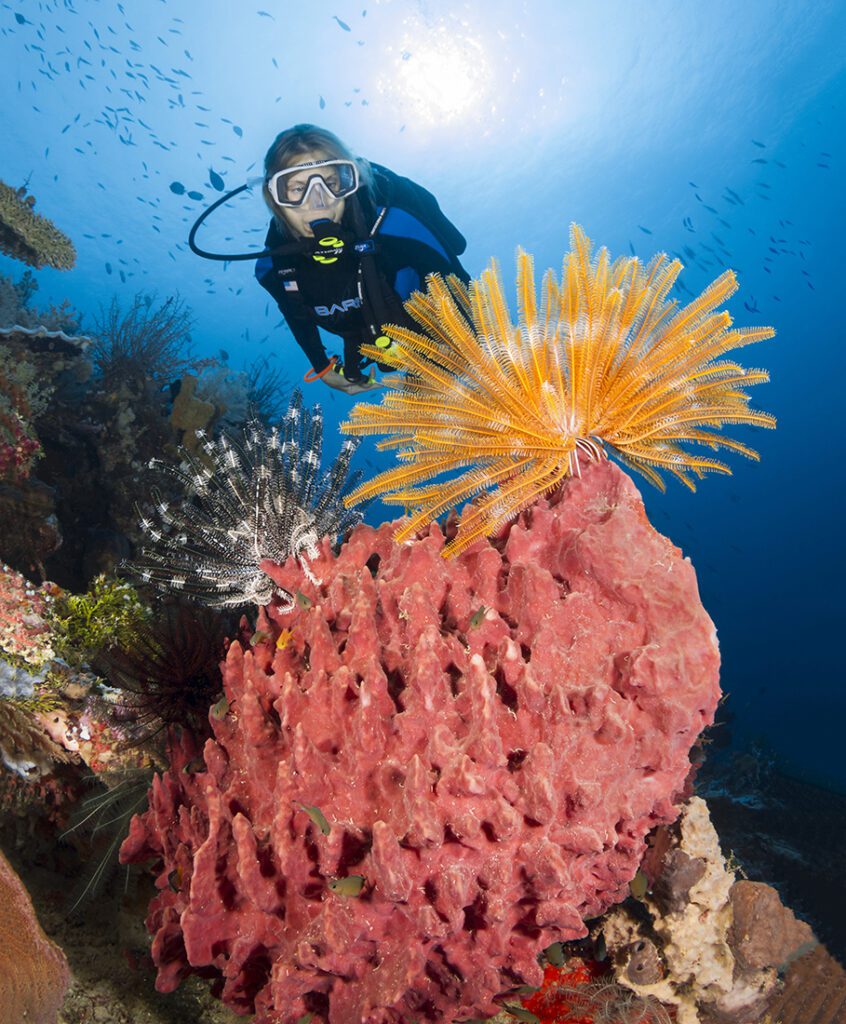
Farther down reef’s sloping precipice large barrel sponges begin to crop up at depths between 50 and 80 feet (15 and 25 meters). These big sponges give curious divers a chance to hunt for tiny treasures that take refuge inside the barrels.
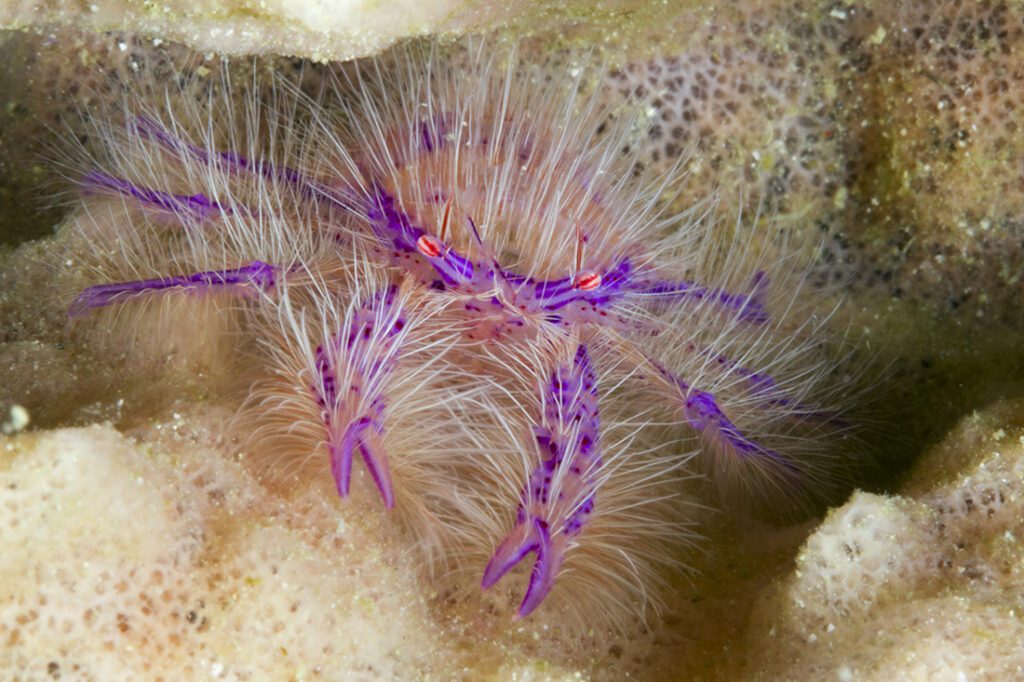
One sponge resident that is relatively easy to locate is the pink hairy squat lobster, which also goes by the name of fairy crab. This delicate creature – which is technically neither a crab nor a lobster – is a favorite subject for macro photographers. Its near-translucent body glows with pearl-like luminance and intense pinkish-purple accents, while a coat of delicate white hair evokes a fairy-like appearance.
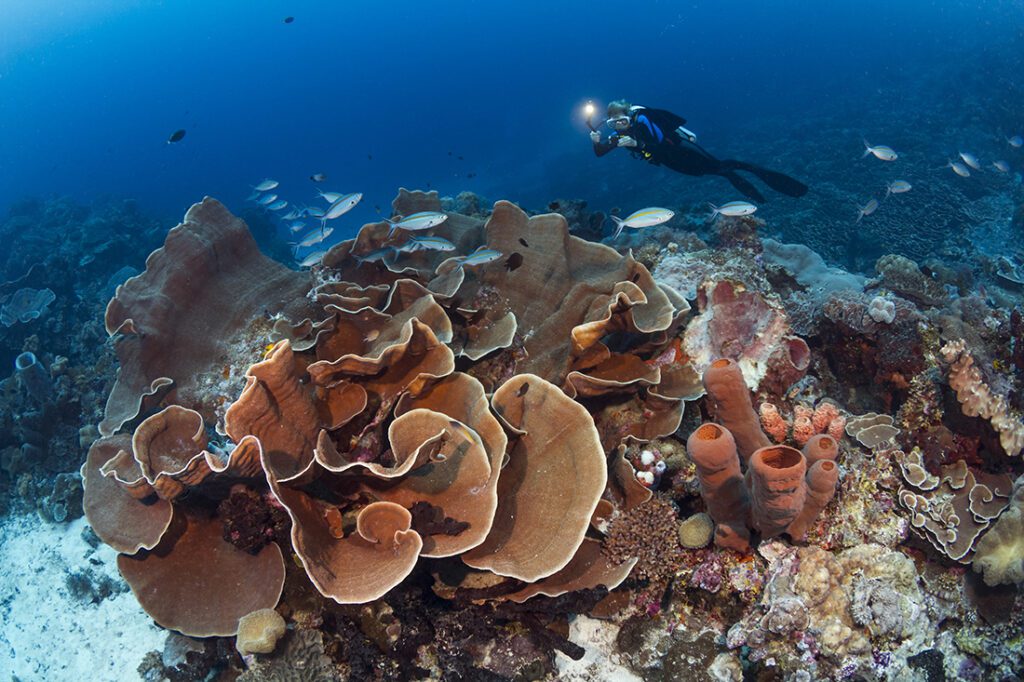
The Zoo's varied terrain and wide depth range create an ideal scenario for long multi-level dive profiles, and it's quite easy for most divers to log a 70-minute dive without running into deco — or getting bored, because there's never a shortage of interesting subjects. And the show doesn’t end when the sun goes down.
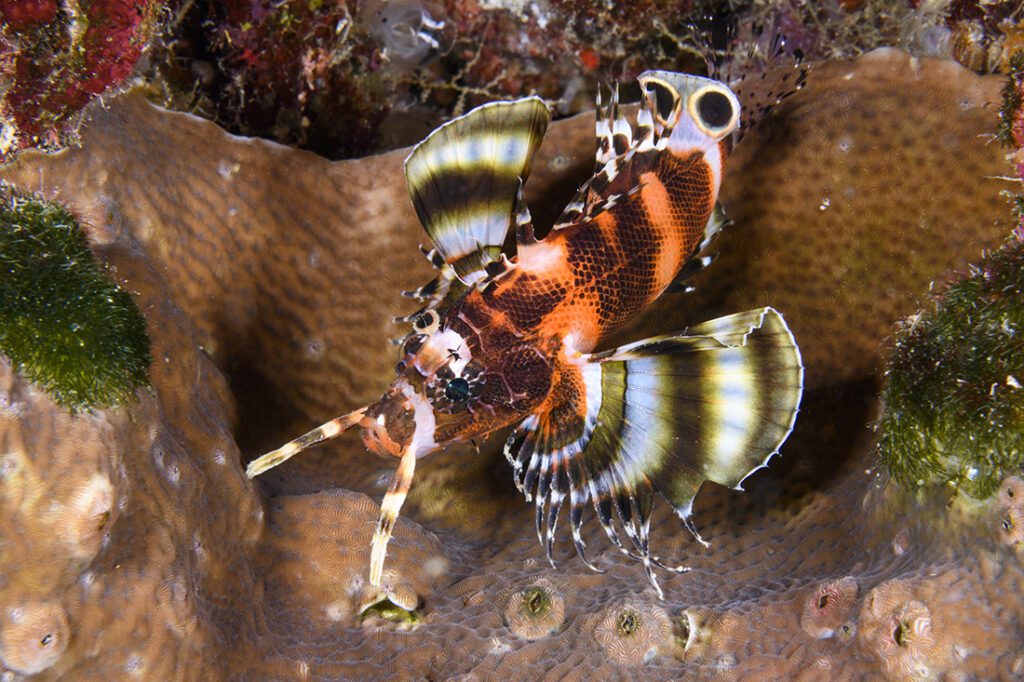
The Zoo is one of Wakatobi's favorite night diving sites. The show begins right around sundown with a final flurry of activity from the day shift before they head for nocturnal shelters. Then, as dusk turns to darkness, nocturnal hunters and scavengers emerge from their daytime lairs. Cuttlefish and bobtail squid prowl the reefs, while twin-spotted lionfish cruise in search of dinner. Octopus slink into the open, crustaceans use the cover of darkness to scour the seabed, and brilliant flatworms and nudibranchs make slow transits on the bottom. Zoo is also the preferred site for Wakatobi’s signature fluo-dives, which showcase the reefs in a whole new light to reveal corals and marine life in ghostly shades of glowing fluorescence.
Wakatobi
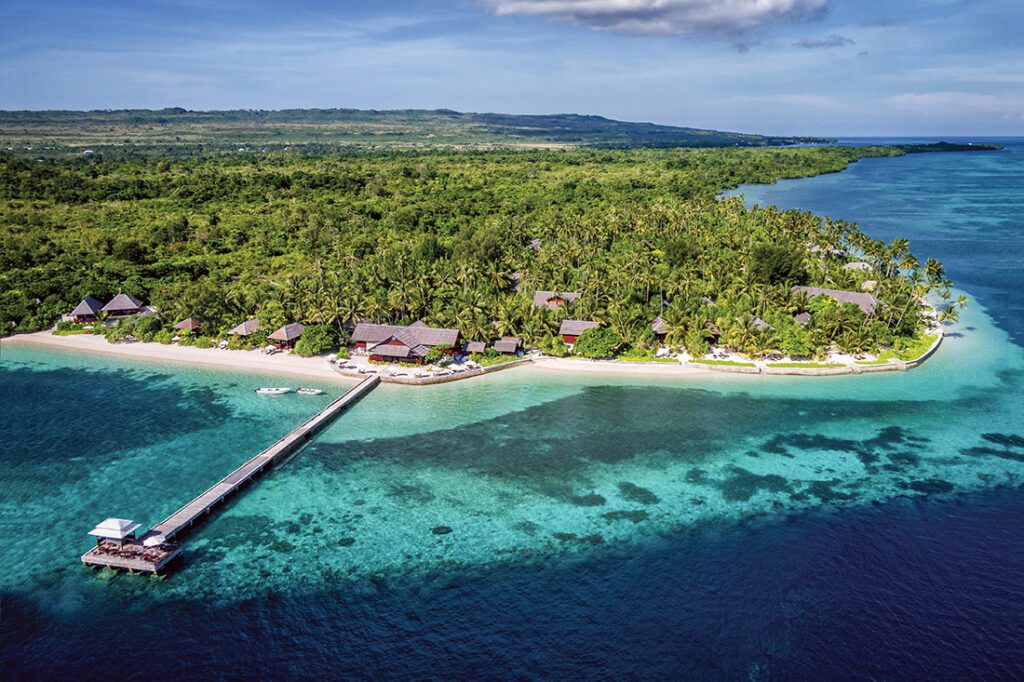
Wakatobi Dive Resort is located in Southeast Sulawesi, Indonesia, in the heart of the coral triangle. Known for its magnificent and highly protected coral reefs – from its famous House Reef and more than 40 additional sites set within a private marine preserve – this idyllic island paradise is easily accessible through the resort’s private guest flight.
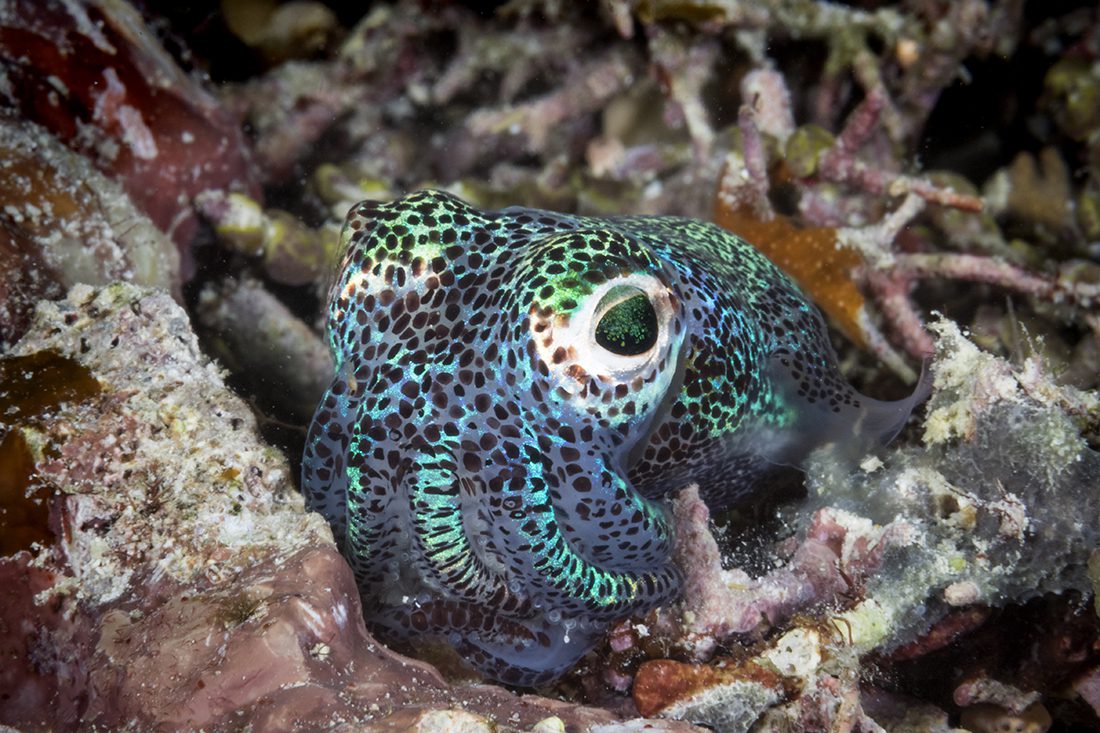








But it’s unlike a zoo because the animals are not caged.
That’s true. And it’s such a wonderful site for everyone, divers and snorkelers alike. The hard corals and prolific macro life makes it idea for underwater photographers. I take it you have enjoyed diving The Zoo once or twice? Thanks Paul!
Zowie! No wonder people go that far to dive. Such beauty and opportunity for one-on-one encounters.
It’s a winner for divers and snorkelers.